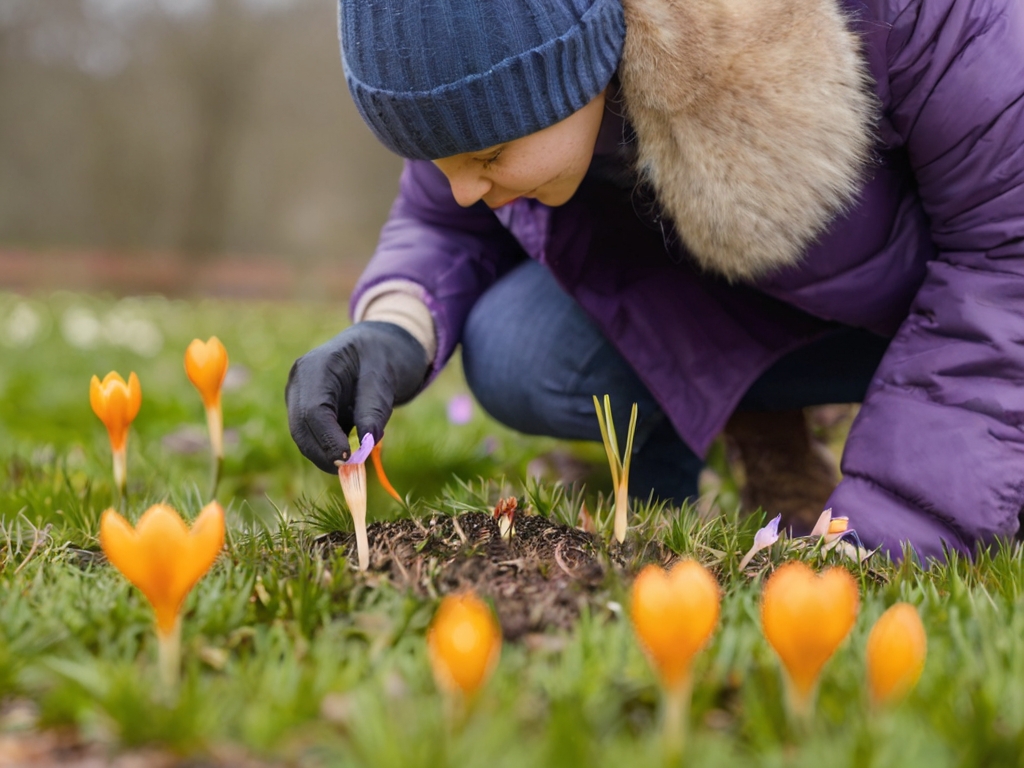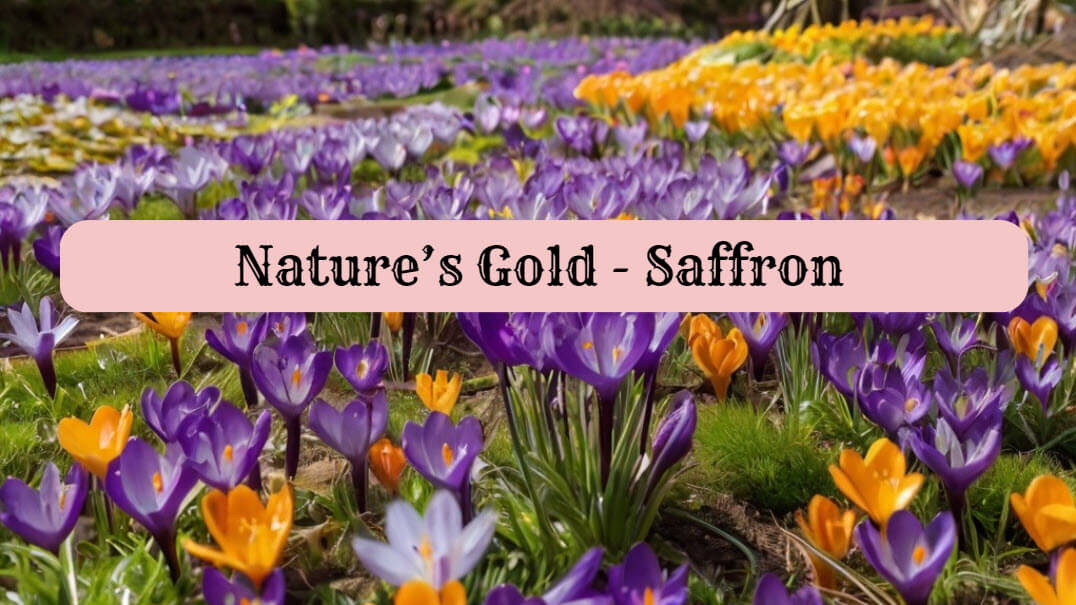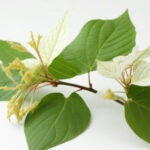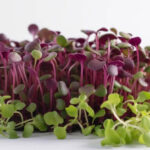Table of Contents
Introduction to Cultivation
Welcome to our comprehensive guide on cultivating saffron in the UK. The spice, often referred to as “red gold,” is a highly prized spice known for its distinct flavour, aroma, and vibrant colour. Cultivating it can be a rewarding endeavour, providing not only a valuable culinary ingredient but also an opportunity to engage in a time-honoured tradition.
Saffron is generally more expensive than gold by weight. It is one of the most expensive spices in the world, mainly due to the labour-intensive process of harvesting the delicate stigmas of the crocus flower. The price can vary depending on factors such as quality, origin, and market demand, but it’s often several times more expensive than gold on a per-gram basis.

Understanding Saffron
The spice is derived from the Crocus sativus plant, notable for its delicate purple blossoms adorned with three vivid crimson stigmas. These stigmas, known as ‘threads’, are meticulously handpicked and dried to preserve their flavour and aroma.
Renowned for its distinct taste, vibrant colour, and aromatic properties, it holds a revered status among chefs and culinary aficionados worldwide. Its inclusion in dishes lends a luxurious touch, elevating the flavour profile and visual appeal of various cuisines. From delicate risottos to decadent desserts, its unique essence adds depth and complexity, making it a prized ingredient in kitchens across the globe.
Climate and Soil Requirements
Before delving into the cultivation process, it’s essential to understand the climate and soil conditions necessary for cultivation. The plant thrives in regions with a Mediterranean climate, characterized by hot, dry summers and mild winters. In the UK, it can be successfully grown in well-drained soil with a pH level between 6 and 8.
Selecting The Right Bulbs
When embarking on your saffron cultivation journey, selecting high-quality saffron bulbs is crucial. Look for bulbs that are firm, plump, and free from any signs of disease or damage. It’s recommended to purchase bulbs from reputable suppliers to ensure their viability and quality.
Planting the Bulbs
The bulbs should be planted in late summer or early autumn to allow them to establish before the growing season. Choose a sunny location with well-drained soil and plant the bulbs approximately 10-15cm apart and 10-15cm deep. Ensure that the bulbs are planted with the pointed end facing upwards.
Caring for the Plants
Once planted, saffron bulbs require minimal maintenance but benefit from regular watering during dry spells. Avoid overwatering, as saffron bulbs are susceptible to rot in waterlogged conditions. Additionally, remove any weeds that may compete with the plants for nutrients and sunlight.
Harvesting Saffron
The most exciting part of saffron cultivation is the harvest. Saffron flowers typically bloom in autumn, and each flower produces three crimson stigmas, which are the valuable saffron threads. Carefully pluck the stigmas from the flowers, taking care not to damage them, and lay them out to dry in a well-ventilated area away from direct sunlight.
Storing the Spice
Proper storage is essential to preserve the flavour and aroma. Store the delicate threads in an airtight container in a cool, dark place away from moisture and sunlight. When stored correctly, saffron can retain its quality for up to two years.
Container Growing
Growing the plants in containers is a rewarding and straightforward process. Start by selecting a deep container with good drainage to accommodate the corms, which are the bulbs from which saffron grows. Fill the container with well-draining soil mixed with compost, leaving some space at the top. Plant the corms about 3-4 inches apart and 3-4 inches deep, with the pointed end facing up.
Water the container thoroughly after planting, ensuring the soil remains moist but not waterlogged. Place the container in a sunny spot where it will receive at least six hours of sunlight daily. As the plants grow, continue to water them regularly, especially during dry periods.
In the autumn, the plants will produce delicate purple flowers with crimson stigmas. Carefully harvest the stigmas and allow them to dry before storing them in an airtight container. With proper care, you can enjoy a bountiful harvest of saffron from your container garden.
CLICK HERE to check out this article about a lady called Sally Farmer, who grows Saffron in Norfolk
Where to Buy The Best Bulbs for UK Planting
CLICK HERE to purchase your bulbs, with fast delivery
Conclusion
Cultivating saffron in the UK can be a rewarding and fulfilling experience, allowing you to enjoy the satisfaction of growing your own supply of this precious spice. By following the steps outlined in this guide, you can successfully cultivate it and add a touch of luxury to your culinary creations.
If you need any further information or assistance with this article, don’t hesitate to Contact Us





















